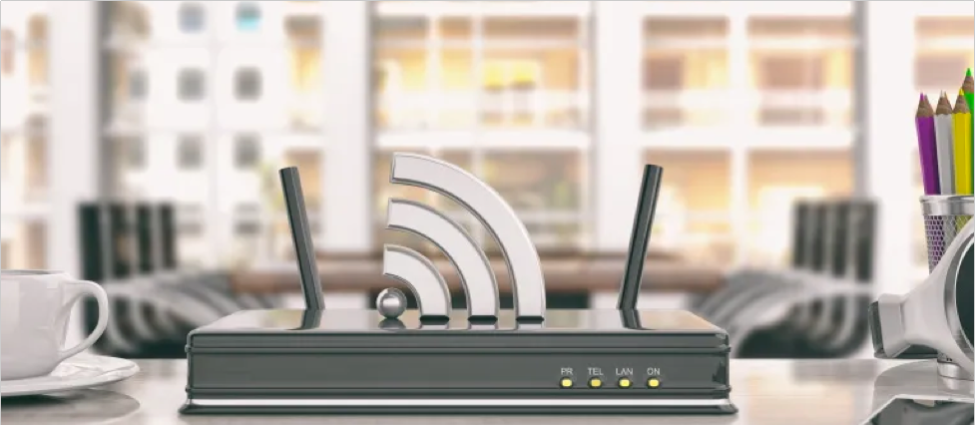Here’s an open source smart home energy management solution
On a recent Internet of Things Podcast episode, we took a call from our podcast hotline about smart home energy management. Thomas is looking for a whole home energy management solution but he has a specific requirement. He wants it to be open source. At first we thought Thomas would have to roll up his sleeves and create his own solution. It turns out there are several hardware options for energy monitoring that work with Home Assistant, which is an open source product.
In fact, Home Assistant started to integrate energy management into the platform back in August of 2021. What started out as a sketch of how the integration should look on the HomeAssistant dashboard looks fantastic today.
From a software and hub perspective then, Thomas has what he needs in Home Assistant. He’ll have to download and install the Home Assistant software to a Raspberry Pi to use it of course. So that gets Thomas halfway there because the software needs energy data from physical hardware. Luckily, there are a few hardware options that integrate with Home Assistant.
The least expensive hardware looks to be Shelly EM products and there are several to choose from, ranging in price from €16.90 to €119.90. These use Wi-Fi to send energy data to the cloud where it’s available for up to a year. The downside, at least for Thomas, is that they only measure a few circuits. That may be fine for some people but not for those who want to monitor more circuits than that.
For that use case, we found the IoTaWatt products that cost between $149.50 and $199.99. These work similar to the Shelly EM units and send data over Wi-Fi, but can monitor up to 14 individual circuits. And you have a choice to buy these products directly, or build them yourself since the design and software is completely open source. Between the open source nature and the ability to monitor more circuits, we think this would be the better option for Thomas.
With either hardware product, it’s highly recommended to have an electrician do the installation. After that, the data can easily be fed into the Home Assistant dashboard. In fact, you can see energy usage and creation, via solar panels, in this public demo of a Home Assistant dashboard 7×24.
Note that there are other energy management hardware products that also integrate with Home Assistant. Here’s an interesting video of a DIY solution built with an ESP32 NodeMCU module and some Split Core Current Transformers. This might not be a project most people want to undertake, but it’s definitely an option.
To be honest, I’m thrilled that Thomas called in with this question! And I’ll be curious which solution he uses.
It’s been too long since I last looked at Home Assistant and I was recently thinking about monitoring my home’s electricity at the individual circuit level. I already do this on a limited basis with a few smart outlets that track power usage, but I want the bigger picture. So thanks, Thomas. I think I’ll be dusting off my Raspberry Pi, upgrading to the latest Home Assistant software and trying one of these approaches myself. Stay tuned!




